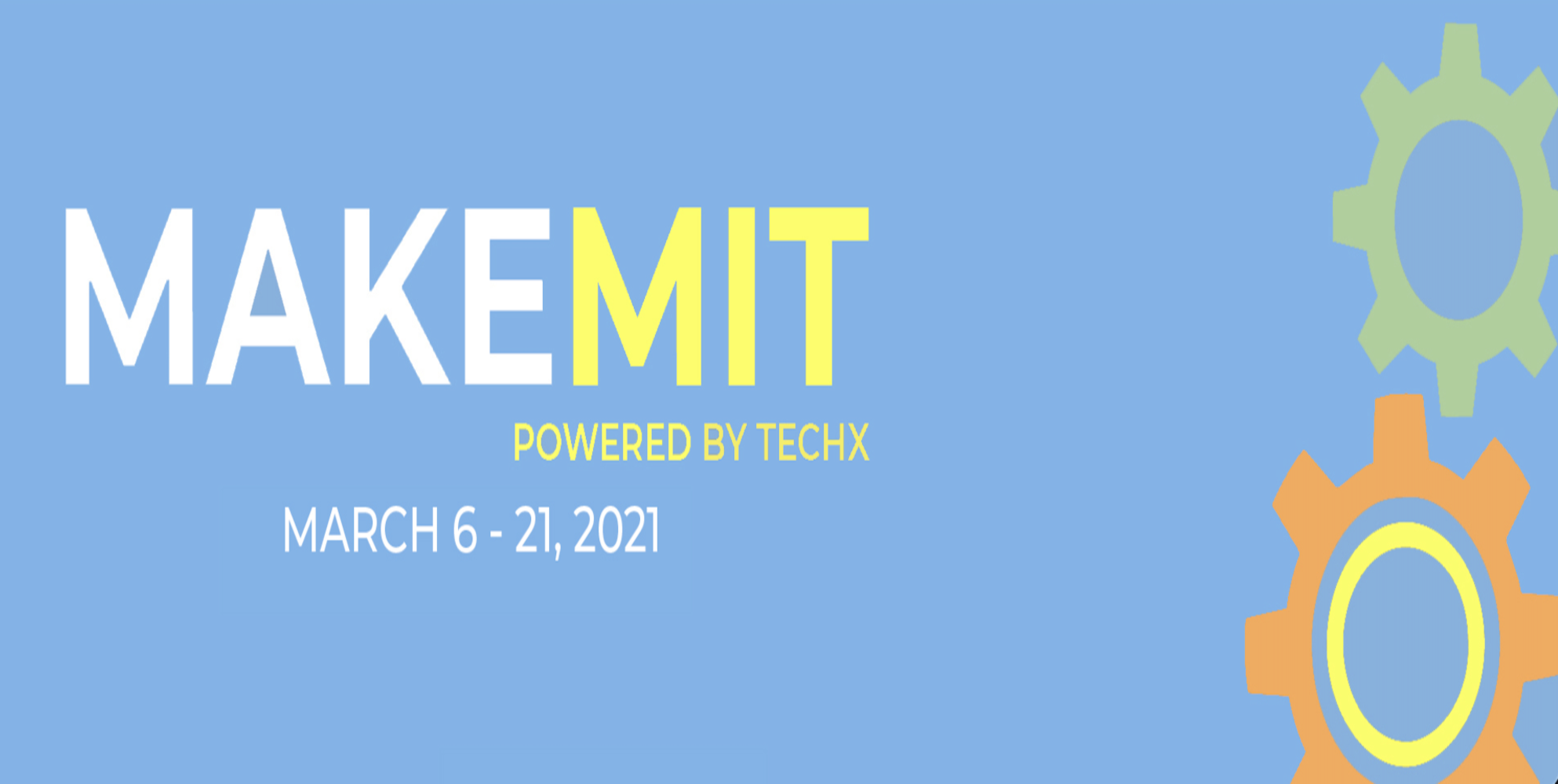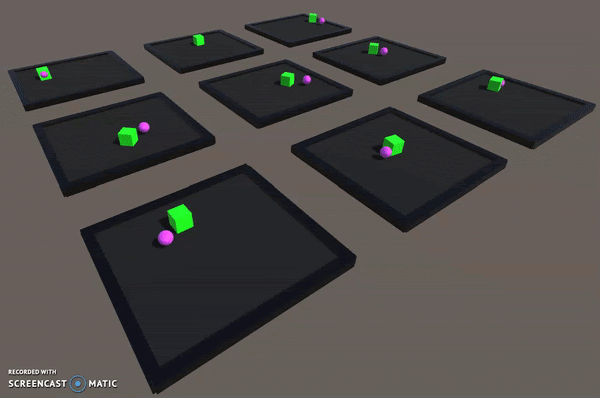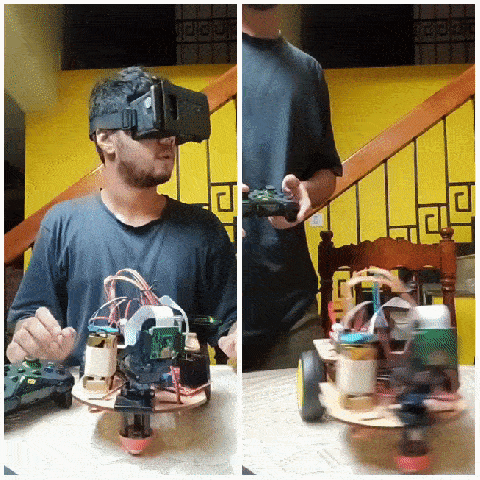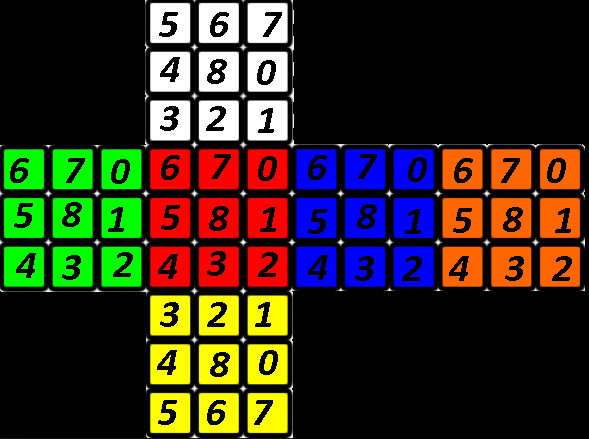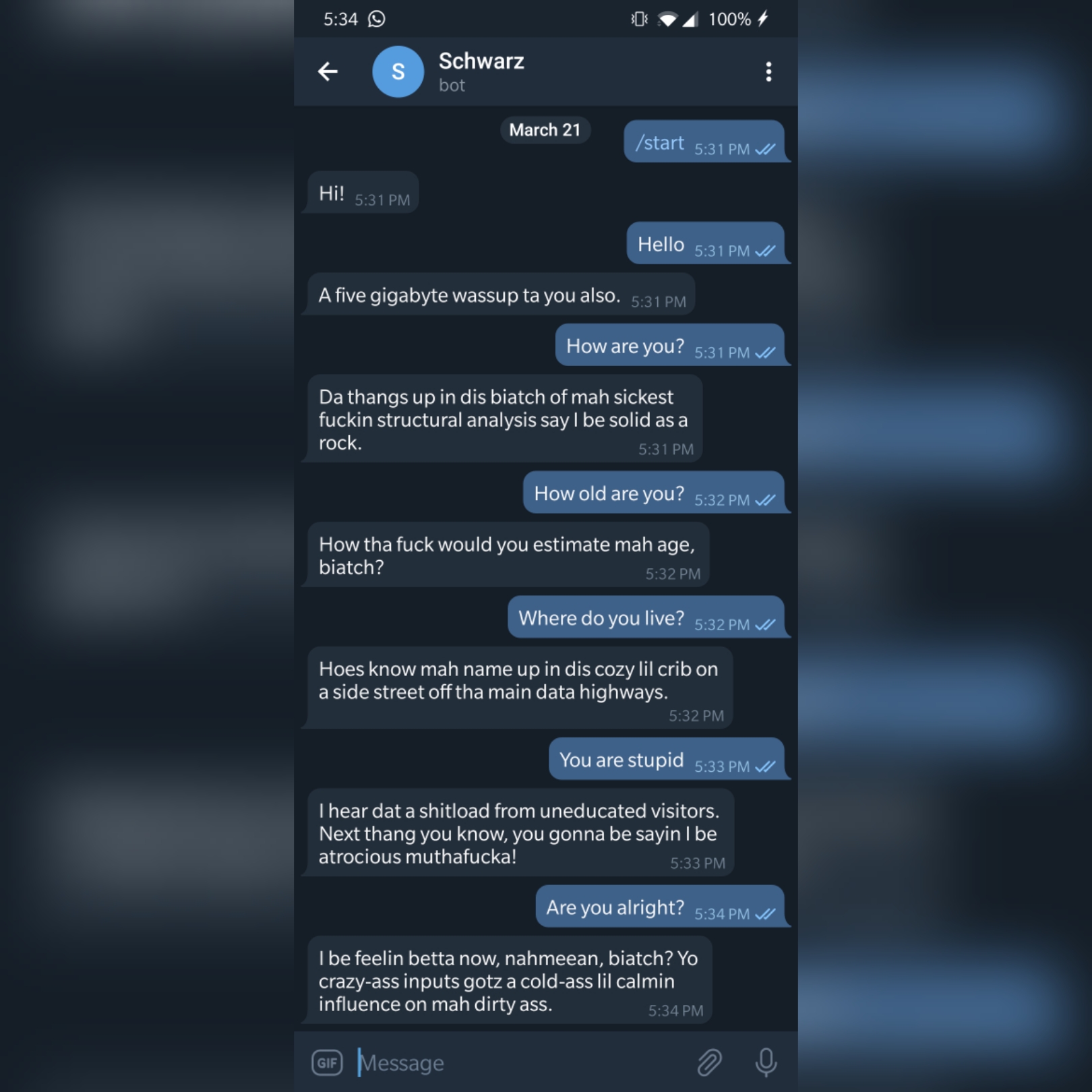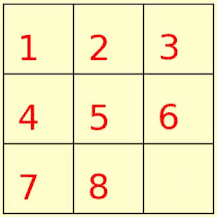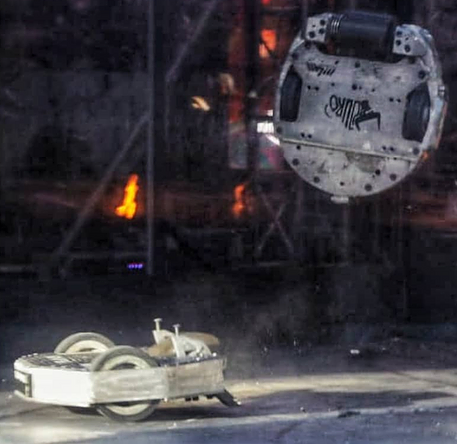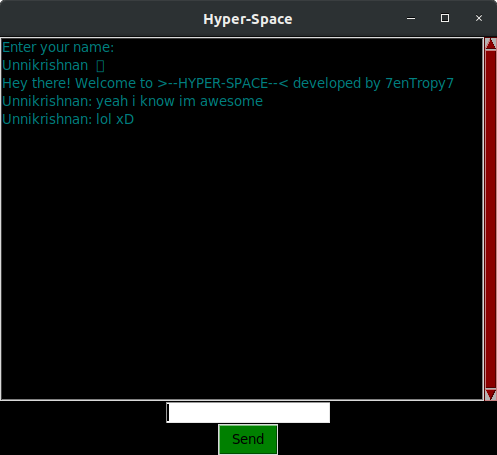Date of Conference: 27-29 Nov. 2021
Publisher: IEEE
Conference: 2021 Innovations in Power and Advanced Computing Technologies (i-PACT)
Location: Kuala Lumpur, Malaysia
Abstract: With the advent of modern computing technologies, there is a wide scope for introduction of advanced and highly secure encryption standards that cannot be rendered obsolete even when subjected to these techniques. This paper introduces one such encryption paradigm, implemented using autoencoders. The proposed algorithm trains an autoencoder to replicate an input 8-bit ASCII value and takes advantage of the bottle-neck architecture to encrypt the data in a way that can only be retrieved using the trained weights. Various analyses are utilized to exemplify the speed as well as security of the proposed cryptosystem.
Authors: Unnikrishnan Menon, Anirudh Rajiv Menon, Atharva Hudlikar, Dr. A. Sharmila and Dr. P. Mahalakshmi
Published: Aug 16, 2021
Journal: PeerJ Computer Science
Abstract: Owing to mathematical theory and computational power evolution, modern cryptosystems demand ingenious trapdoor functions as their foundation to extend the gap between an enthusiastic interceptor and sensitive information. This paper introduces an adaptive block encryption scheme. This system is based on product, exponent, and modulo operation on a finite field. At the heart of this algorithm lies an innovative and robust trapdoor function that operates in the Galois Field and is responsible for the superior speed and security offered by it. Prime number theorem plays a fundamental role in this system, to keep unwelcome adversaries at bay. This is a self-adjusting cryptosystem that autonomously optimizes the system parameters thereby reducing effort on the user’s side while enhancing the level of security. This paper provides an extensive analysis of a few notable attributes of this cryptosystem such as its exponential rise in security with an increase in the length of plaintext while simultaneously ensuring that the operations are carried out in feasible runtime. Additionally, an experimental analysis is also performed to study the trends and relations between the cryptosystem parameters, including a few edge cases.
Authors: Awnon Bhowmik and Unnikrishnan Menon
Published: November 1, 2020
Journal: International Journal of Advanced Computer Science and Applications(IJACSA), 11(10), 2020
Abstract: With meteoric developments in communication systems and data storage technologies, the need for secure data transmission is more crucial than ever. The level of security provided by any cryptosystem relies on the sensitivity of the private key, size of the key space as well as the trapdoor function being used. In order to satisfy the aforementioned constraints, there has been a growing interest over the past few years, in studying the behavior of chaotic systems and their applications in various fields such as data encryption due to characteristics like randomness, unpredictability and sensitivity of the generated sequence to the initial value and its parameters. This paper utilizes a novel 2D chaotic function that displays a uniform bifurcation over a large range of parameters and exhibits high levels of chaotic behavior to generate a random sequence that is used to encrypt the input data. The proposed method uses a genetic algorithm to optimize the parameters of the map to enhance security for any given textual data. Various analyses demonstrate an adequately large key space and the existence of multiple global optima indicating the necessity of the proposed system and the security provided by it.
Authors: Unnikrishnan Menon, Anirudh Rajiv Menon and Atharva Hudlikar
Published: June 18, 2020
Journal: International Journal of Computer Applications 176(29):37-41
Abstract: In recent years cyber-attacks are continuously developing. This means that hackers can find their way around the traditional cryptosystems. This calls for new and more secure cryptosystems to take their place. This paper outlines a new cryptosystem based on the dragon curve fractal. The security level of this scheme is based on multiple private keys, that are crucial for effective encryption and decryption of data. This paper discusses, how core concepts emerging from fractal geometry can be used as a trapdoor function for this cryptosystem.
Authors: Awnon Bhowmik and Unnikrishnan Menon
Published: July 16, 2020
Journal: International Journal of Computer Applications 176(36):21-27
Abstract: As mathematical theory has evolved and computing capabilities have improved, what initially seemed to be adequately difficult trapdoor functions, were deemed not to be later. In this paper, a new block-encryption scheme named Modern Encryption Standard (MES) is proposed based on the multiple concepts arising from number theory for a highly secure and fast cryptosystem that can be considered as an alternative to the existing systems. This is a block cipher like AES, but the inherent algorithm is quite different. The security of the proposed MES algorithm stands on the fundamentals of the Chinese Remainder Theorem, Cantor Pairing Function and the Prime Number Theorem for creating an ingenious trapdoor function. Breaking this algorithm proves to be quite a daunting obstacle to overcome for an unwelcome interceptor.
Authors: Awnon Bhowmik and Unnikrishnan Menon
Published: June 25, 2021
Journal: Transactions on Machine Learning and Artificial Intelligence, 9(3). 01-13
Abstract: Multiagent systems provide an ideal environment for the evaluation and analysis of real-world problems using reinforcement learning algorithms. Most traditional approaches to multiagent learning are affected by long training periods as well as high computational complexity. NEAT (NeuroEvolution of Augmenting Topologies) is a popular evolutionary strategy used to obtain the best performing neural network architecture often used to tackle optimization problems in the field of artificial intelligence. This paper utilizes the NEAT algorithm to achieve competitive multiagent learning on a modified pong game environment in an efficient manner. The competing agents abide by different rules while having similar observation space parameters. The proposed algorithm utilizes this property of the environment to define a singular neuroevolutionary procedure that obtains the optimal policy for all the agents. The compiled results indicate that the proposed implementation achieves ideal behaviour in a very short training period when compared to existing multiagent reinforcement learning models.
Authors: Unnikrishnan Menon and Anirudh Rajiv Menon
Published: October 26, 2020
Journal: SSRG International Journal of Mechanical Engineering 7(10), 16-23
Abstract: Over the past decade, most of the metropolitan cities across the world have been witnessing a degrading trend in air quality index. Exhaust emission data observations show that promotion of public transport could be a potential way out of this gridlock. Due to environmental concerns, numerous public transport authorities harbor a great interest in introducing zeroemission electric buses. A shift from conventional diesel buses to electric buses comes with several benefits in terms of reduction in local pollution, noise, and fuel consumption. This paper proposes the relevant vehicle technologies, powertrain, and charging systems, which, in combination, provides a comprehensive methodology to design an Electric Bus that can be deployed in metropolitan cities to mitigate emission concerns.
Authors: Unnikrishnan Menon and Divyani Panda
Published: August 5, 2020
Journal: International Journal of Computer Science and Network, Volume 9, Issue 4
Abstract: With the advent of quantum computing, and other advancements in computation and processing capabilities of modern
systems, there arises a need to develop new trapdoor functions that will serve as the foundation for a new generation of encryption
schemes. This paper explores the possibility of one such potential trapdoor function using concepts stemming from Reversible Cellular
Automata (RCA) - specifically, the Critter’s Rule set up in a Margolus Neighborhood. The proposed block encryption algorithm
discusses how sensitive data can be manipulated and converted efficiently into a two dimensional sequence of bits, that can be iteratively
evolved using the rules of the RCA and a private key to achieve a desirable level of encryption within a reasonable runtime. The
performance benchmark and analysis results exemplify how well the proposed encryption algorithm stands against different forms of
attacks.
Authors: Unnikrishnan Menon, Atharva Hudlikar and Divyani Panda
Published: June 18, 2020
Journal: International Journal of Computer Applications 176(29):46-53
Abstract: NTRU is an open-source public key cryptosystem that uses lattice-based cryptography to encrypt and decrypt data. Unlike other popular public-key cryptosystems, it is resistant to attacks using Shor's Algorithm and its performance has been shown to be significantly greater. This paper talks about how Koblitz encoding from Elliptic Curve Cryptography (ECC) can be used to convert each character in a dataset to a point on an elliptic curve. A sum of squares analogy is pitted against the cantor pairing function to turn the point to a single number, which is converted to a sequence of coefficients in ℤ. A polynomial is then generated for each of these characters. Then the polynomial is reduced, and then shown that choosing appropriate parameters for the cryptosystem can make it highly secure and that the decryption algorithm turns out taking linear time. Since each character is represented by its own polynomial, it increases obscurity thereby increasing the complexity for decryption and thus the security level. A form of data compression has also been implemented and it has been tested whether data compression and expansion during the encryption-decryption process results in original data with no or minimal loss.
Authors: Awnon Bhowmik and Unnikrishnan Menon






